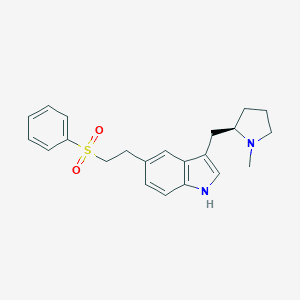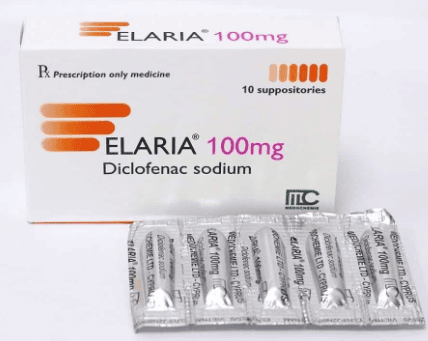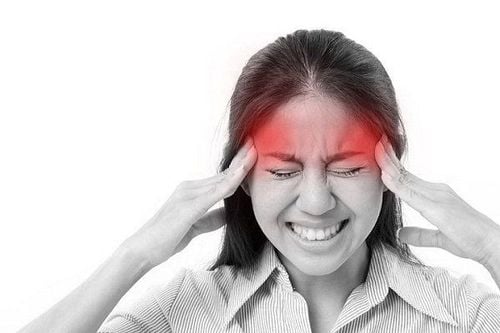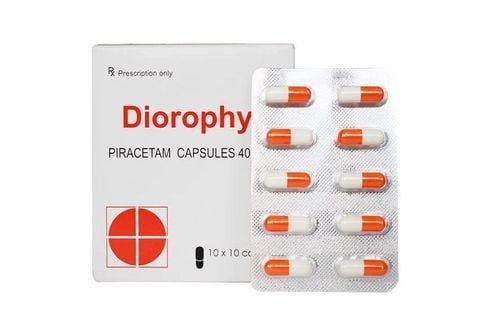This is an automatically translated article.
The article was professionally consulted with a Doctor of Medical Examination & Internal Medicine - Vinmec Central Park International General HospitalHemiplegic migraine headache is a rare and severe form of migraine headache. Many of the symptoms of this condition are very similar to those of a common stroke, such as double vision, slurred speech, and temporary hemiplegia. Here we discuss the symptoms of hemiplegic migraine.
1. Symptoms of hemiplegic migraine
Sometimes before a migraine headache, a person can sense other symptoms coming on. These symptoms are called aura or aura (Aura). Symptoms of a hemiplegic migraine headache include:Headache that is severe, has a pulsating sensation, and is usually localized to one side of the head A stinging sensation spreading from the hand to the arm Numbness in part of the body , including arms, legs, and half of the face on the same side Weakness or paralysis on one side of the body Loss of balance and coordination
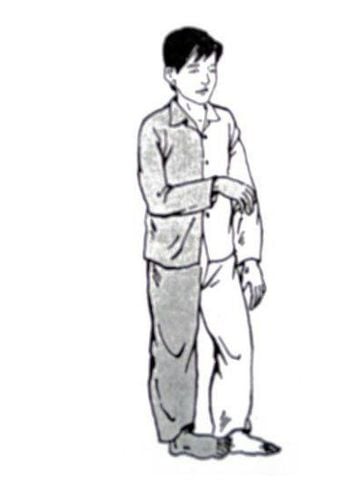
Tê bì một phần cơ thể, mất thăng bằng và phối hợp hoạt động là các triệu chứng đau nửa đầu liệt nửa người
See zigzag lines, double vision or blind spots Especially sensitive to light lights, sounds, and smells Language difficulties such as word confusion or inability to remember a word Stuttering Confusion Loss of consciousness or coma (rare condition) These stroke-like symptoms often range from significant Worry enough to not cause any problems. Unlike a stroke, these symptoms come on slowly and gradually increase, and then disappear. The symptoms of paralysis usually go away within 24 hours, but sometimes they last for several days.
There is currently no predictive model for this type of migraine headache. Because often headaches appear after the symptoms of paralysis, but the patient can also feel the headache before, or in some cases, there is no headache, some patients have a severe headache but only a slight weakness in the limbs, but the headache is not strong enough. The next step can make them weak, but not much of a headache.
Hemiplegic migraine usually occurs when the patient is in childhood or adolescence. Some reported cases of this headache resolved on its own when the patient was an adult.
2. Causes of hemiplegia headache
To date, researchers have identified four genes that are linked to hemiplegic migraine headaches:CACNA1A ATP1A2 SCN1A PRRT2 Researchers believe that a defect or mutation in the gene causes the body to decline. the ability to make a protein, without which nerve cells would have difficulty receiving and sending signals, some of which are chemical signals (also known as neurotransmitters) serotonin .
About half of people with hemiplegic migraine inherit the gene from their parents, who also have the condition.
3. Diagnostic tests
Patients are recommended to visit and consult with a Neurologist to perform a full examination and find the cause of the disease, to rule out dangerous causes.CT scan and MRI of the brain can rule out stroke, and tests to check the heart and carotid arteries can rule out thrombosis.
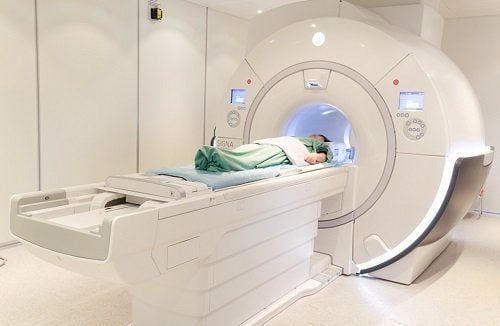
MRI sọ não có thể cho thấy hình ảnh của đột quỵ
4. Treatment
Doctors still don't fully agree on the treatment for hemiplegic migraine headaches.Your doctor may prescribe medication to prevent hemiplegic migraine headaches, to stop the pain as soon as they start, and to relieve the person's symptoms. Consult with a specialist about the best options if you are suffering from this condition.
Some doctors prescribe medicines called triptans, which are safe and effective to relieve headaches for the common migraine type. However, based on the information on the packaging, this drug is contraindicated with hemiplegic migraine headache. There is ample evidence that triptans, vasoconstrictors, and ergotamine derivatives can lead to ischemia (stroke) in patients with hemiplegic migraine headaches.
CGRP inhibitors are a new prophylactic drug for the treatment of most common migraine headaches, but indications suggest that this treatment is less effective for hemiplegic migraine headaches.
Please dial HOTLINE for more information or register for an appointment HERE. Download MyVinmec app to make appointments faster and to manage your bookings easily.
Article reference source: webmd.com, healthline.com



